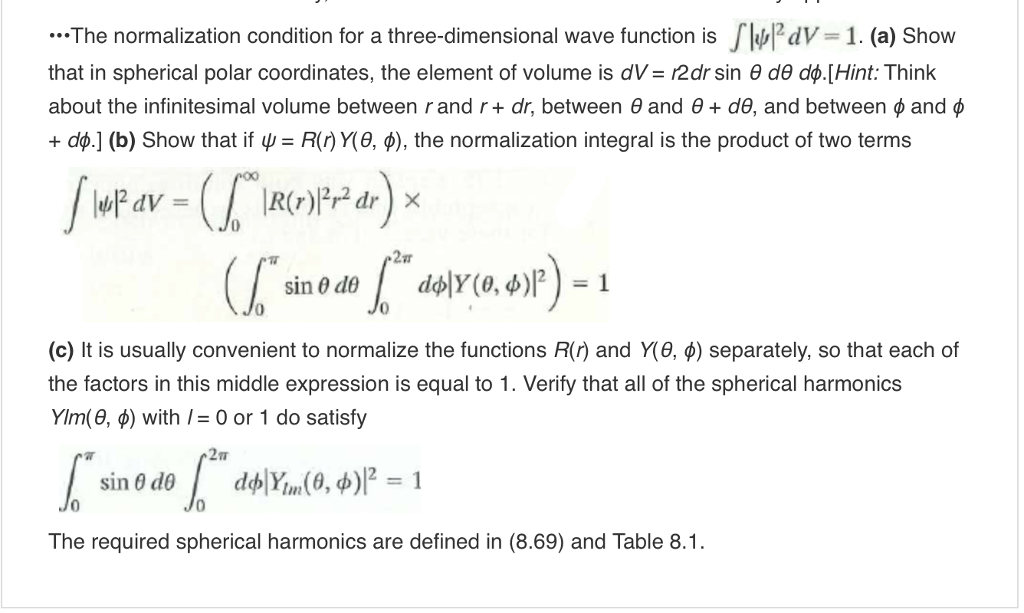
The spherical shell, being a 2D manifold, includes a number of measurement points which grows quadratically with the desired angular resolution, as opposed to cubically with the spatial resolution in the entire 3D lattice of DSI. Thus, an alternative approach based on sampling only on a spherical shell (or multiple ones) has been proposed, referred to as high angular resolution diffusion imaging (HARDI). This technique is time intensive, as it measures the diffusion signal on a 3D Cartesian lattice. The microscopic diffusion function may be measured by using the model-free diffusion spectrum imaging (DSI), which is the direct Fourier inversion of the diffusion signal. We describe our proposed method and demonstrate its significantly improved performance on artificial data and real HARDI volumes.ĭiffusion-weighted magnetic resonance imaging (DWMRI) provides valuable information about the fiber architecture of neural tissue by measuring the diffusion of water molecules in three-dimensional (3D) space. The derived ODF is dimensionless and normalized, and can be efficiently computed from q-ball acquisition protocols. In this paper, we consider the mathematically correct definition of the ODF and derive a closed-form expression for it in QBI. For instance, they are not normalized or as sharp as expected, and generally require post-processing, such as sharpening or spherical deconvolution.

The standard computation of the orientation distribution function (ODF, the probability of diffusion in a given direction) from q-ball uses linear radial projection, neglecting the change in the volume element along the ray, thereby resulting in distributions different from the true ODFs. Q-ball imaging (QBI) is a high angular resolution diffusion imaging (HARDI) technique which has been proven very successful in resolving multiple intravoxel fiber orientations in MR images.


 0 kommentar(er)
0 kommentar(er)
